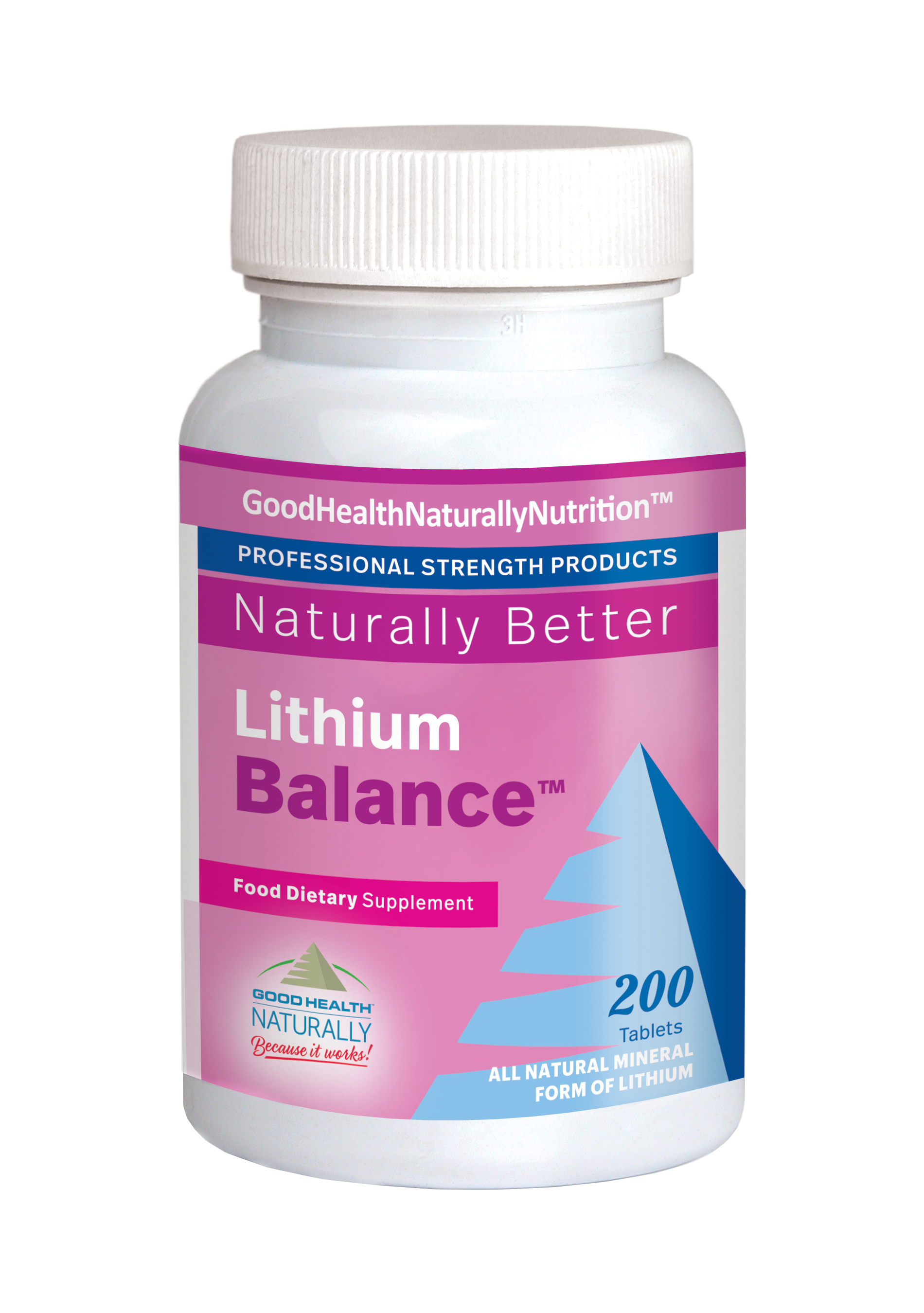‘The eyes are the window to the soul’ or so the old saying goes. But what you may not know is that your eye health can be determined by other factors going on inside the body. Diabetes is a condition that affects the blood sugar levels within the body but it is also the number one cause of reversible vision loss within American adults. This can contribute towards 5000 cases of legal blindness every year.
The retina in particular is especially sensitive to damage in people who have diabetes. The retina is a light-sensitive layer of tissue covering the back of the eye that contains photo-sensitive cells known as rods and cones that can convert light energy into signals carried to the brain via the optic nerve.
Normally the retina is supplied with a rich source of blood but any colours or changes in the retina’s appearance could indicate disease. Sometimes there is often no indication that an eye disease is developing such as with Diabetic Retinopathy. This is why it’s important to take preventative steps and have regular eye tests to ensure your eyes are in good health for the long term.
What is Diabetic Retinopathy?
Diabetic Retinopathy in particular can mean the retina is particularly inflamed. However, severe diabetic retinopathy can occur without any obvious symptoms. This means that while severe symptoms can develop, not everyone may experience vision loss. The earlier that the eye disease can be diagnosed, the easier it is to treat and to prevent serious eye damage in the long-term.
How to Prevent Diabetic Retinopathy
This eye disease can be slowed or severely reduced by following a few recommendations. This includes the following:
- Regular blood glucose tests
- Controlling high blood pressure
- Consuming a healthy, diabetes friendly diet
- Seeking regular treatment for anemia, atherosclerosis and kidney disease
- Scheduled yearly check-ups with an eye doctor
Who is most at risk from Diabetic Retinopathy?
People who have Diabetes Type 1 and more than half with Diabetes Type 2 have been shown to experience some degree of retinopathy after living with Diabetes for more than 20 years. Unstable blood glucose levels have been found to increase the risk of retinopathy while infrequent eye doctor visits can cause a delayed diagnosis that lead to more serious complications. There is also some evidence based research that suggests certain minority groups such as Hispanics, Blacks and Mexican-Americans over the age of 40 have a greater risk of developing retinopathy than others.
Signs of Diabetic Retinopathy
- Decreased or distorted vision
- Difficulty sleeping at night
- Blurriness
- Fluctuating vision quality
- Visible ‘spots’ or floaters
- Shadows or blind spots
Cases can vary from moderate to severe, but retinopathy doesn’t always result in legal blindness. Depending on the extent of the damage to the retina, various treatments may be required. While more severe cases may require laser therapy. Severe cases can also benefit from steroid injections if they don’t respond to laser therapy.
There is a better way…
The symptoms of diabetic retinopathy can be vastly improved or even prevented by taking the right measures. This includes taking the appropriate nutrients to support your eye health and implementing the right lifestyle advice to aid your recovery. The Diabetic Retinopathy plan requires nutrients, all of which can be found at Good Health Naturally such as Taurine, along with a wide range of essential vitamins and MSM. MaxiFocus™ Spray contains 24 super nutrients and antioxidants that can help with this process. GlycoSpray contains Vitamin B3 (Niacin), along with Gynema Sylvestre and Methylsulfonylmethane that can support normal glucose levels and stimulate the natural production of insulin.
Acupressure may also help and the HealthPoint™ device can help you to accurately pinpoint these acupressure points – from the comfort of your own home! Alongside taking the right nutrients, it’s essential to follow a healthy lifestyle plan that involves eating plenty of fresh fruits, vegetables, legumes, nuts and seeds for best results. It’s also vital to stay hydrated, by drinking up to 8 glasses of water daily.
When you follow a consistent health plan, you can find relief for your symptoms of diabetic retinopathy. The key is to be consistent and plan ahead for the long term so that your eye health symptoms continue to improve to the point where they seem to have disappeared altogether.
For personalised health advice about improving your diabetic retinopathy or other eye health condition, please visit Good Health Coaching Centers where their team of health coaches will be able to provide you with personalised health advice to suit your needs. It’s also recommended that you read ‘Solving Diabetes Type 2 in 27 Days‘ by Robert Redfern of Naturally Healthy Publications for personalised health and lifestyle advice that’s dedicated to improving your diabetic condition as this is the underlying cause behind your diabetic retinopathy.




